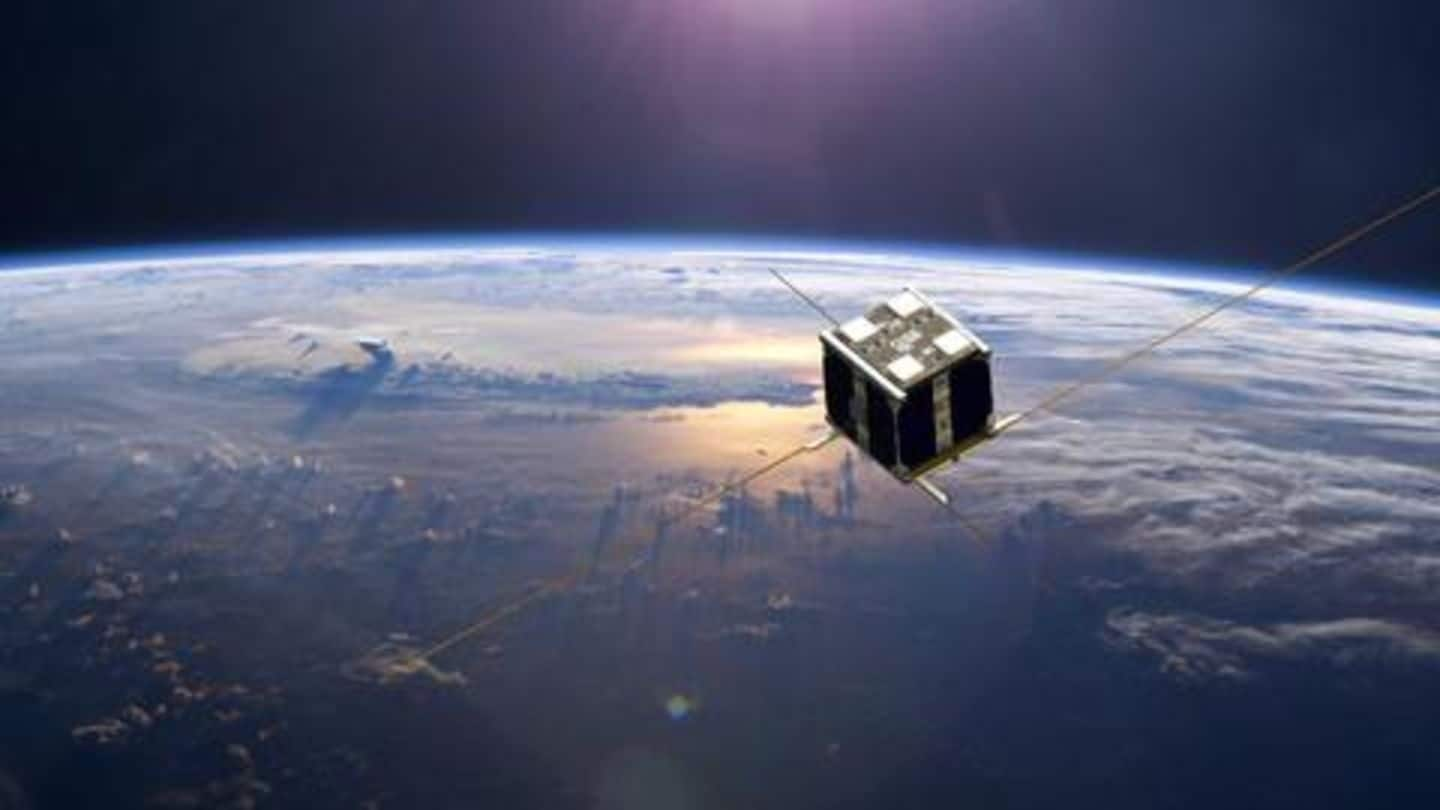
Here's how you can launch your own satellite
What's the story
If you're a space enthusiast or a person on a specific mission, say like Earth observation, launching your own miniature satellite or picosatellite would be on your to-do list. However, before you go ahead with this daunting (and expensive) task, it is imperative to know five crucial things about satellites, their behavior in space, and launches. Let's take a look at them.
Information
First, you should know what are picosatellites
Picosatellites are miniaturized satellites that weigh between 0.1 and 1 kg and are mostly used as companion satellites. They often come in the form of CubeSats and help with tasks like gathering scientific data and relaying information back to Earth.
Step #1
Define your space mission
As small satellites are limited by technology and advanced components, you need to have a clear idea of what your CubeSat would do in space. Now, this could include things ranging from Earth observation and data-gathering missions to testing of new space hardware like your own variant of power system or positioning method to something like launching your own wedding ring into the space.
Step #2
Find a launch vehicle, orbit for your satellite
Next, get in touch with a space launch provider (like SpaceX) to book an orbital launch. The company would consider your mission to determine orbit specifics, like if it should be equatorial or polar. Then, on the basis of it, they will quote the price. To note, a typical CubeSat launch into LEO, some 150-600km above Earth, is estimated at around $40,000.
Do you know?
Most small satellite launches are targeted at LEO
A majority of picosatellite launches are targeted at the low-Earth orbit as this region falls in and below the ionosphere and Earth's magnetic field, which acts as a shield against the Sun's high-energy particles, flares, and coronal mass ejections. So, essentially, it's a safe zone.
Step #3
Next, get to prepping the satellite
After defining the mission, get to the work of building the thing, either by developing it from scratch or buying a pre-made small satellite kit. The first technique is more engineering-focused as you'd have to build using an antenna, a radio transmitter for uplinking commands or downloading data, a computer-on-a-chip, and a power system. Meanwhile, the kit would revolve solely around basic assembly integration.
Information
How much these kits cost?
The option of a satellite kit is convenient but it sure costs a lot. Specifically, for a standard CubeSat kit that lets you pack anything you want into a 10cm × 10cm × 10cm cube, you may have to shell around $7,500.
Step #4
Then, you can go ahead with the launch
Once the satellite is ready, you'd simply have to deliver it to launch provider, which will then position the payload on their rocket, possibly along with other probes, and launch the vehicle in space. It will place the satellite in LEO, where it will last for about 3 to 16 weeks and perform the required task before de-orbiting and burning in Earth's atmosphere.